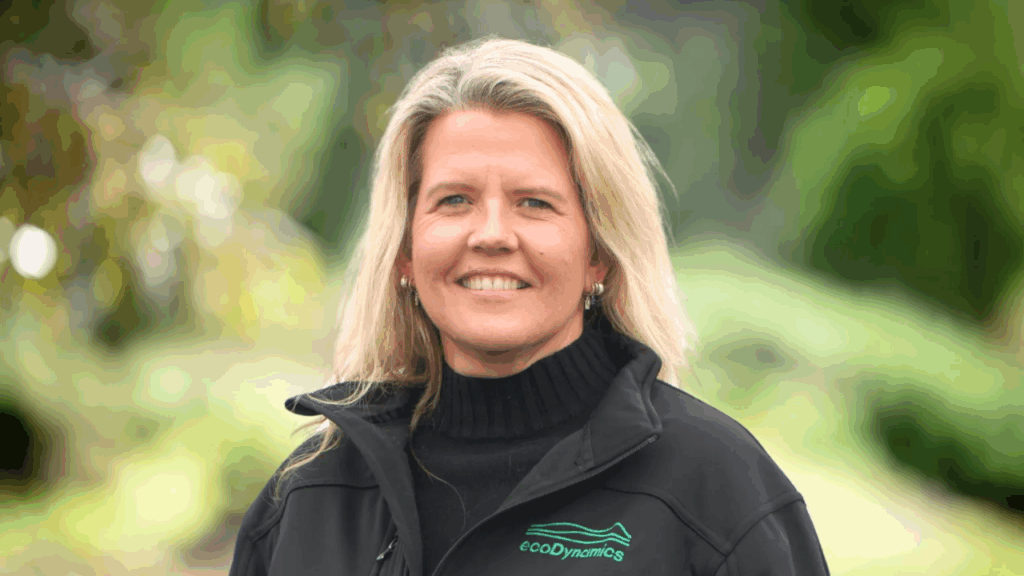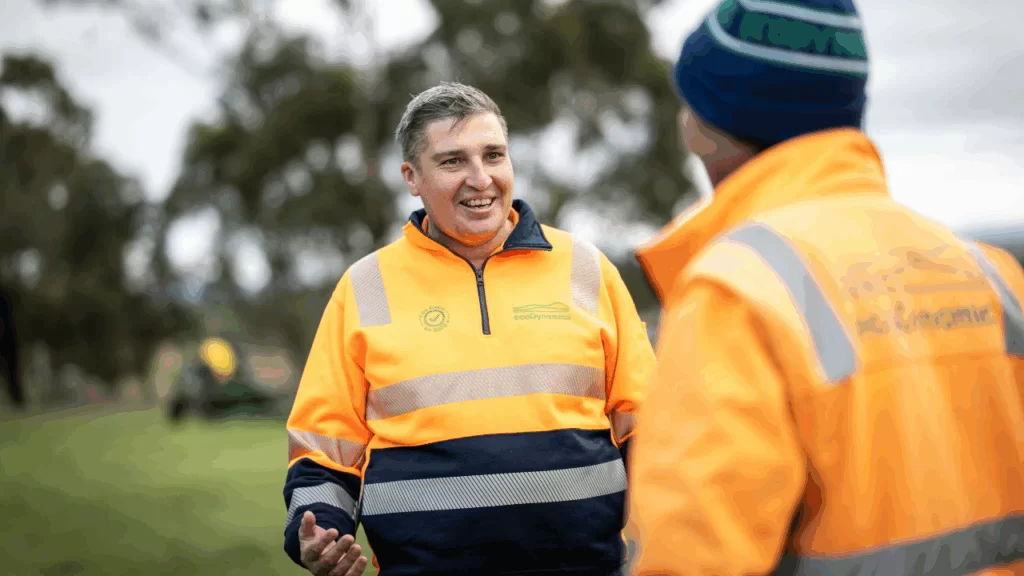Is the pursuit of provenance a case of planning to fail?
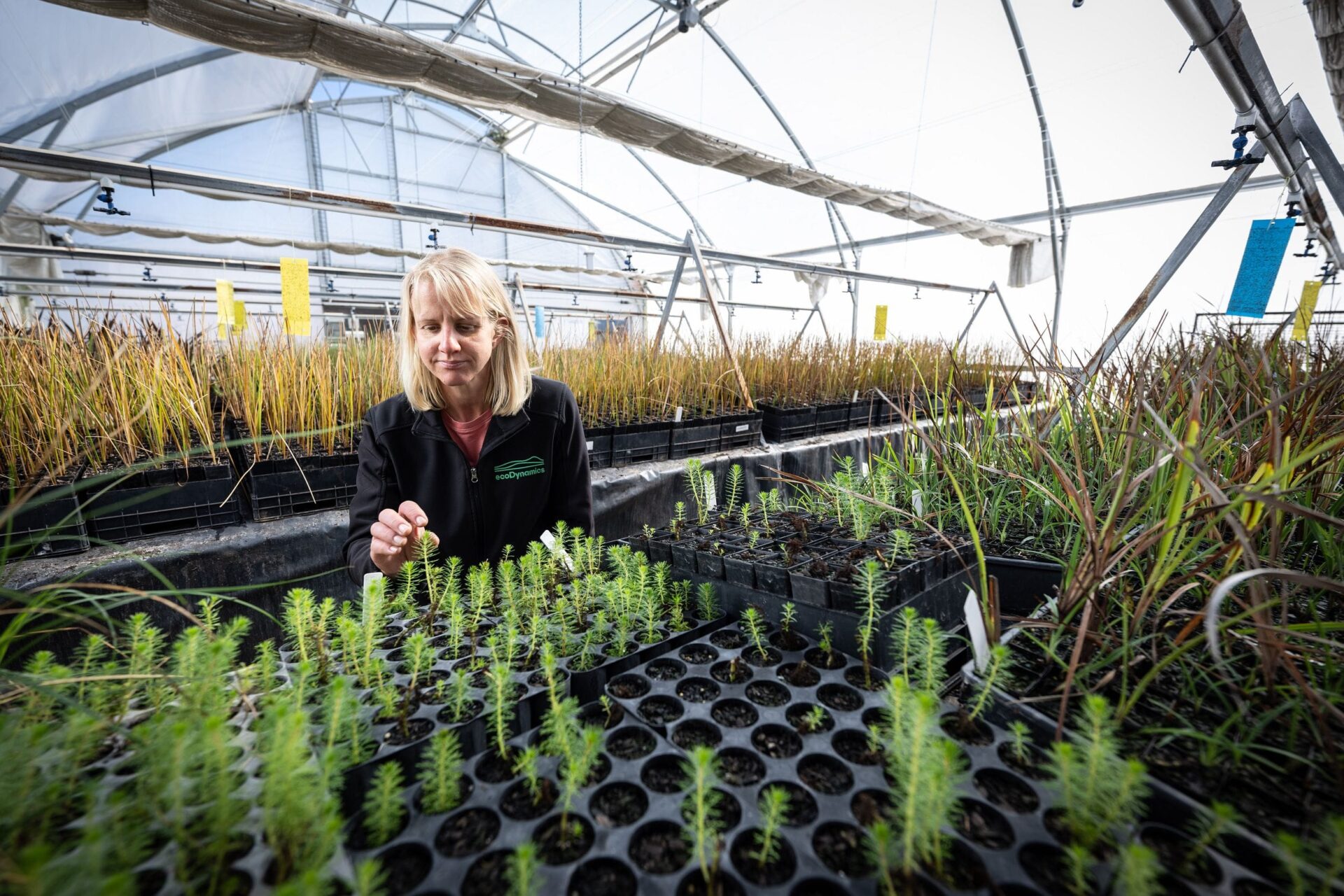
Working in the landscape and revegetation game, you don’t have to travel far to hear about plant provenance. It’s rare that a revegetation project will happen without a description of where the seed for the project should come from. With provenance defined by a radius from the site in question or site analogues (soil, rainfall, distance etc).
Working in the landscape and revegetation game, you don’t have to travel far to hear about plant provenance.
It’s rare that a revegetation project will happen without a description of where the seed for the project should come from. With provenance defined by a radius from the site in question or site analogues (soil, rainfall, distance etc).
We’ve all experienced the local plant expert telling us what seed we can or cannot use. Often advice about provenance has been made without reference to the genetics of the site population, availability of seed or the intent to the landscape.
We’re also collecting seed from very small populations due to availability or effort.
Overall, collecting local provenance is trying to preserve local populations without reference to the genetic diversity of that population or the long-term interests of the landscape.
Provenance and climate change
Any discussion of landscape with the term long-term or tree in it must consider climate change impact.
Trees being installed today have a design life of at least 50 years and will experience a hotter and drier climate with more days of extreme weather.
The impacts of extreme heat are being documented and several research projects have demonstrated that days of extreme heat are killing trees that have grown on sites for 50+ years.
Climate models are predicting that temperatures and days of extreme heat will continue to rise over the next 50 years.
The diagram below outlines the various approaches to selecting provenance, with the proposed planting site indicated with a star and climate becoming increasing hot dry to the right.
Developed by Prober et al, it recommends adopting climate-adjusted or predictive provenancing to overcome the impacts of climate change.
Climate adjusted provenancing is likely to have the most resilience, reflect the reality of viable seed sources, and provide genetics across the range of future climates we may experience.
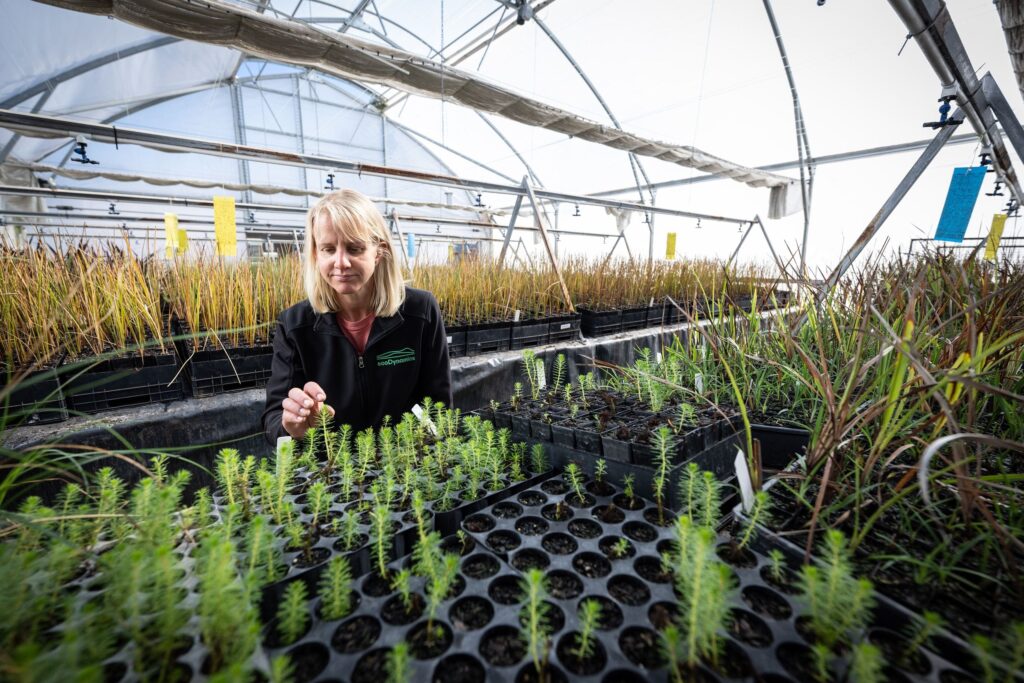
Did you know Melbourne’s climate will be more like central NSW by 2090?
Under this approach, the future climate for the site is determined using CSIRO climate models and sites which are currently like the predicted climate.
For example, using the CSIRO Climate analogues predictor, Melbourne’s weather in 2090 will be 3.80 warmer and have 10% less rainfall.
Currently this is the climate experienced by towns in central NSW, including Dubbo, West Wyalong and Parkes. Any tree planted today in Melbourne will need to be able to experience conditions currently experienced in Dubbo.
Adopting this approach will create a few challenges for project planning, not the least of which is convincing people that seed selected in Dubbo – 800km from Melbourne – is the most appropriate for the site when their current guideline mentions matching soil type and distances in the tens of kilometres.
Having spoken to people who have tried to implement this approach, seed collection will become a significant problem, as many areas have small remnant populations and revegetation industries.
It’s also likely that proposed species will not be present in the new climate ranges and decisions will need to be made to plant the proposed species from a cooler climate or plant a new species, currently not present at the site, that has a good chance of survival.
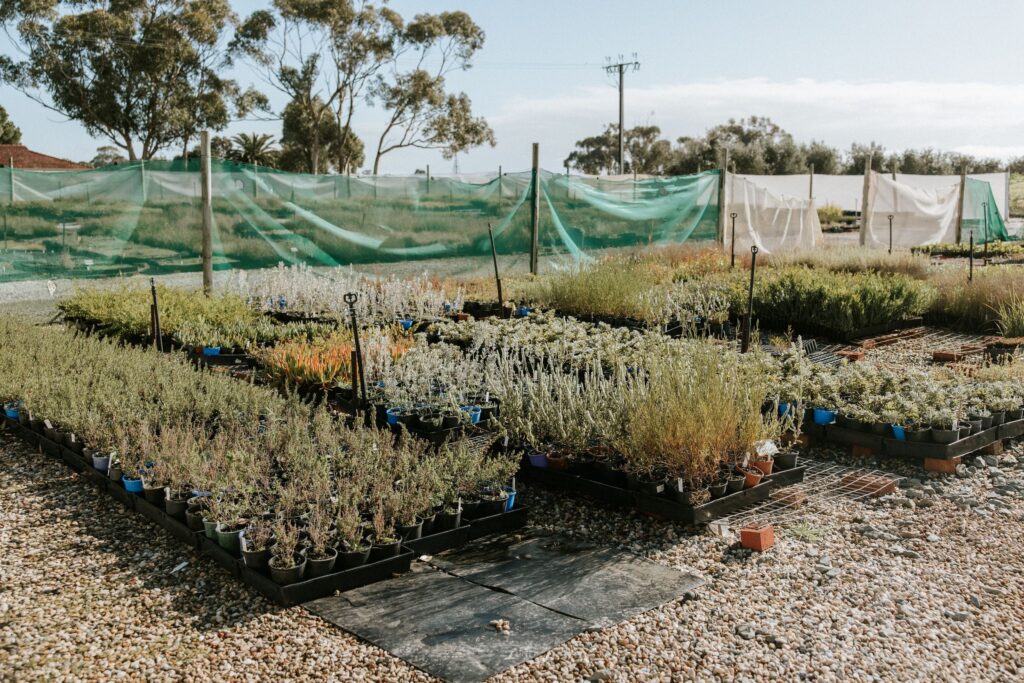
Planting for our future
Trees are the best carbon capture and storage device known and can be rolled out without further technological development. The landscape and revegetation industry can make a major contribution in addressing the impacts of climate change.
To protect our future landscapes, we’re going to have to adopt adaptive methods to ensure trees planted today can survive in our future climate.
-
Need help making indigenous Australian plant decisions?
Our nursery managers will help you optimise the performance of plants in your projects.
Head to our plants page for your local contact info.

